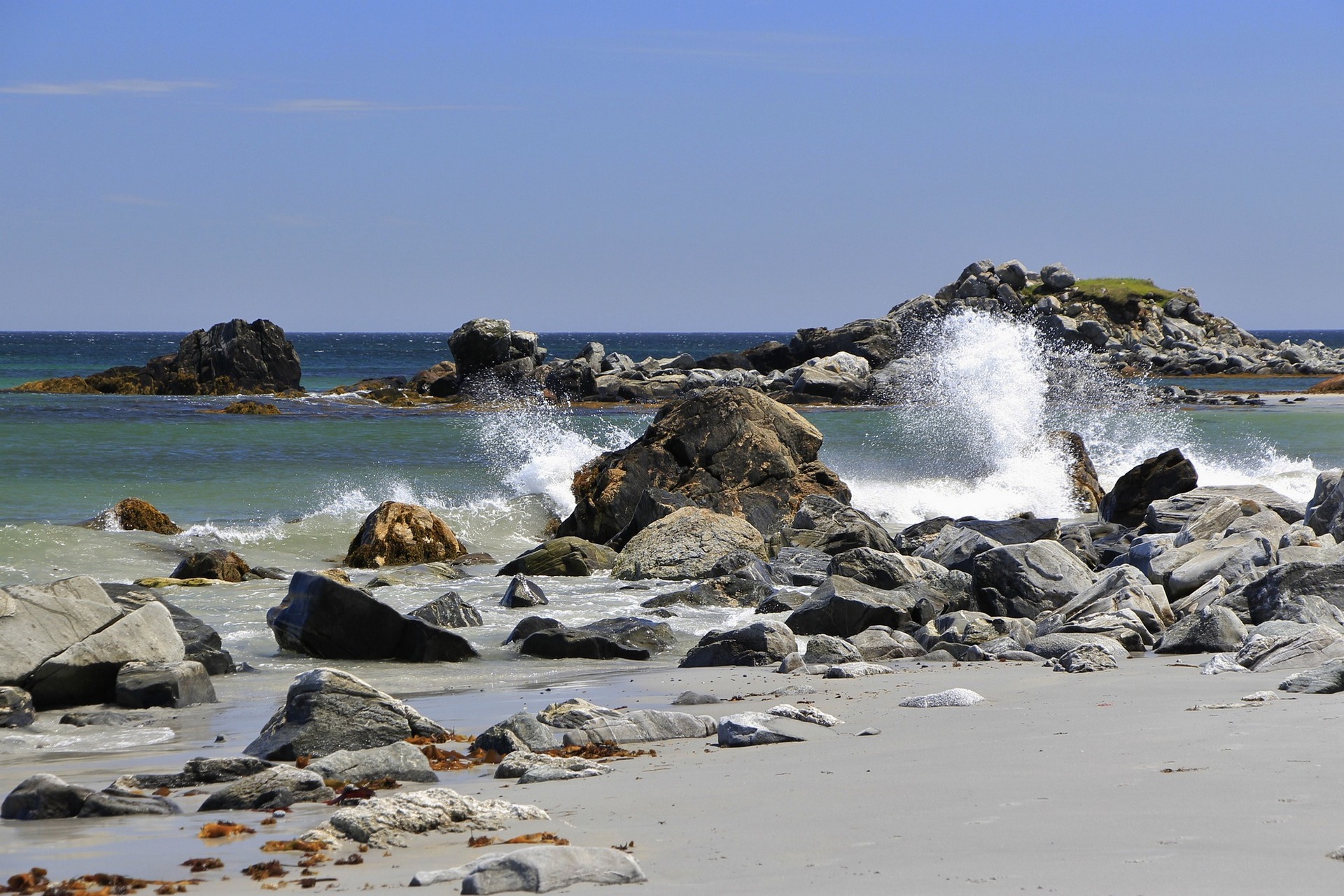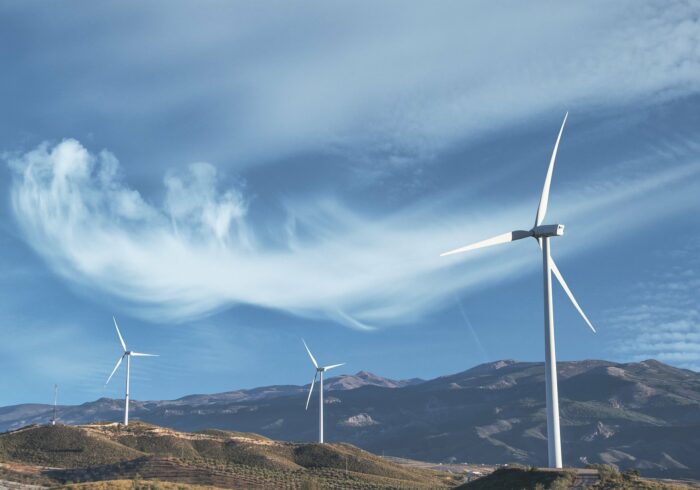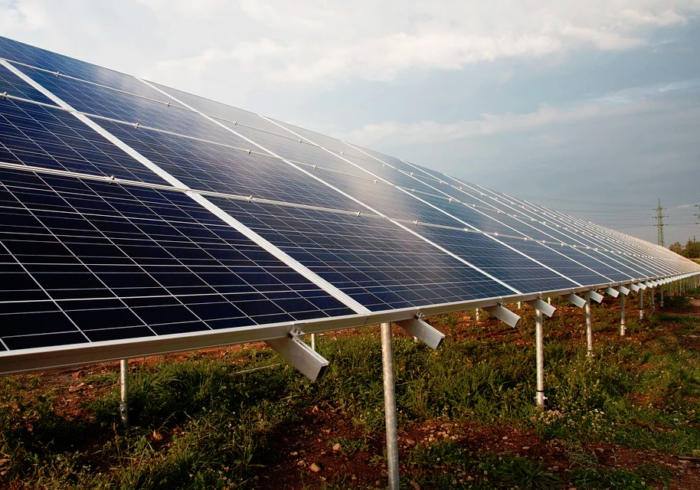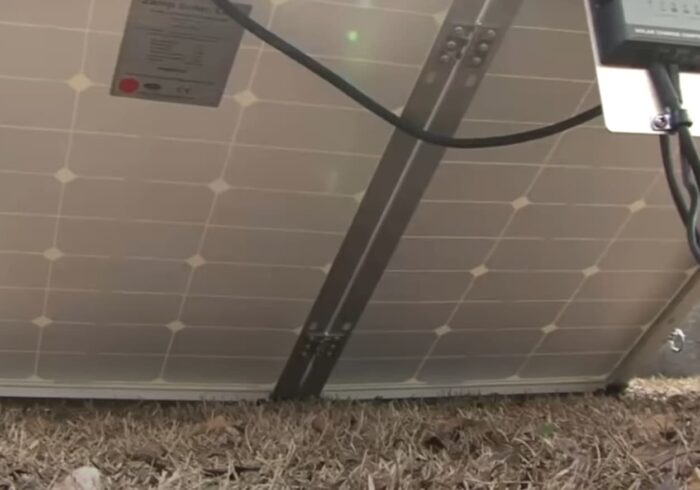Tides and waves are another way to generate energy. They make the generator rotate, which is responsible for generating electricity. Thus, wave power plants use hydrodynamic energy, i.e. the energy, pressure difference and temperature difference of sea waves, to generate electricity. Studies in this area are still underway, but experts have already calculated that the European coast alone could generate more than 280 TWh of energy annually – half the energy consumption of Germany.
Tidal energy has long been used by people by setting up tidal mills on the coasts of England, France, Spain, Russia, Canada, the USA and other countries. Such installations were carried out by forming a basin by damming small bays, where the mill wheels were located and operated at low tide. The diameters of the wheels were up to 6 m. In England a similar installation under the arches of London Bridge from 1580 pumped fresh water for water supply for 250 years.
A special feature of tidal power plants (TEP) is their use of naturally renewable energy of sea tides, the nature of which is associated with the tidal force arising from the gravitational interaction of the Earth with the Moon and the Sun. Only the horizontal component of the tidal force is of practical importance for the Earth’s water shell. Due to the proximity of the Moon to the Earth, the value of the tide under the influence of the Moon is 2.2 times greater than the solar tide.
On the coasts of seas and oceans, the semidiurnal tide is the most frequent, at which the maximum tidal wave comes twice during the lunar day (24 hours 50 minutes) (Fig. 2.25, a).
The value of the tide A is determined by the difference of the water level at the maximum rise and the minimum decrease during the period of the tide. The maximum deviation from the mean sea level is called the tidal amplitude, which is equal to 0.5 A.
The irregularity of tidal oscillations during the lunar month is characterized by changes in the tidal magnitude from A max (sysigia) to A mi n (quadrature).
The change of tide magnitude during the lunar month (29.5 days) is shown in Fig. 2.25, b.
The pattern of tide changes within a month, caused by the movements of the Moon and the Sun, remains practically the same for all lunar months of the year. The average value of the tide value for all the same-named days of a lunar month is also practically invariable in the annual and multiyear sections. The distinctive feature of the tidal energy is also the invariability of the mean monthly energy for any year.
The amplitudes and forms of tidal waves on different coasts of the World Ocean differ significantly, which is associated with such factors as depth, shoreline configuration, etc. Thus, maximum Amax tidal range of 19.5 m was observed in Canada in the Bay of Fundy on the Atlantic Ocean coast, 16.3 m – in England at the mouth of Severn River, 14.7 m – in the north of France, 11.0 m – in Russia in Penzhinski Bay of the Sea of Okhotsk.
Favorable natural conditions are necessary for creation of PES, which include: high tides (A > 3-5 m); the contour of the coastline (preferably with the formation of a bay), which allows separating the basin from the sea for PES operation with a minimum length and height of the damming dam, favorable geological conditions of its foundation.
General potential of possible use of tidal energy all over the world is roughly estimated as 1 billion kWt power, and about 2000 billion kWt/h power generation, including about 250 billion kWt/h in Russia.
Currently, 240 MW La Rance power plant (France) has been in operation in the world since 1967, 0.4 MW Kislogubskaya power plant (Russia) since 1968, 20 MW Annapolis power plant (Canada) since 1984, 5 small power plants in China with a total capacity of 4.3 MW, including 3 MW Jiangxian power plant built in 1985, a 254 MW Sihwa Lake power plant in South Korea is nearing completion.
Projects of large SPPs are under development: in England – Severn with 8.6 million kW capacity, in Canada – Camberland (1.15 million kW) and Kobekuid (4 million kW), in India – 7.4 million kW SPP in Cambay Bay, and in Russia – Mezenskaya (8 million kW) and Tugurskaya (3.6 million kW), which construction is scheduled to start till 2020. In prospect the possibility of creating the giant Penzhinskaya PES with the capacity of up to 87 million kW is being considered.
The most effective single-basin scheme with one-way and two-way operation is mainly used for PES. The structures of tidal power plants include the building of the PES, the culvert structure and the blind dam.



